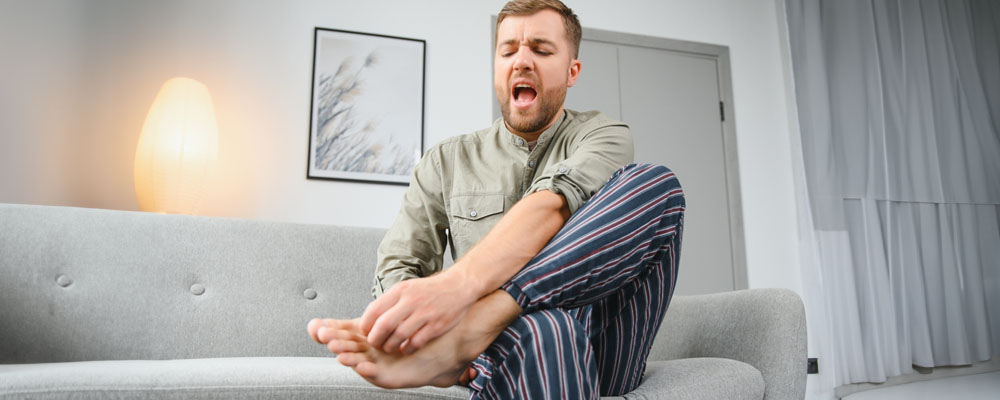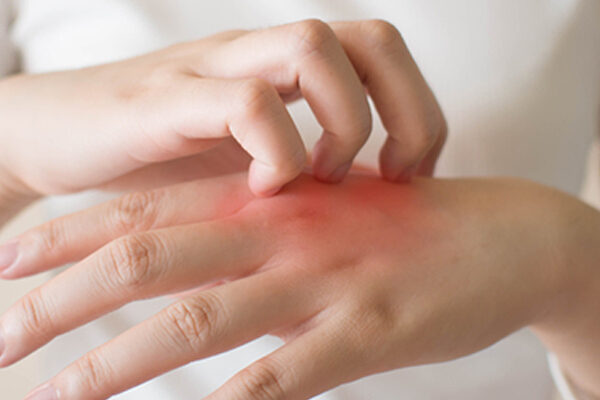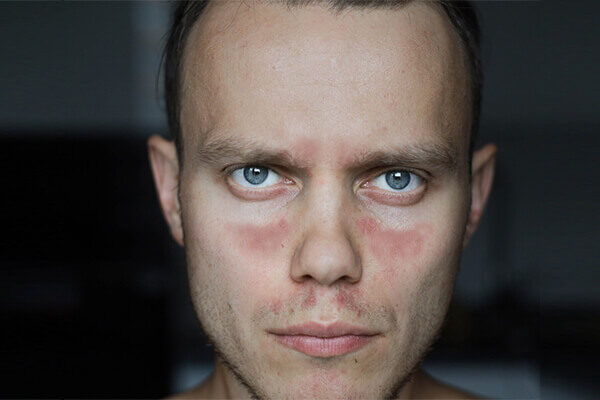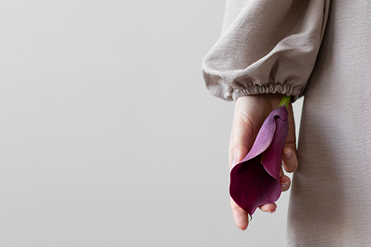Updated on December 29, 2023
Introduction
Athlete’s foot vs eczema are two conditions that can affect the feet and cause discomfort. It is effortless to confuse an athlete’s feet with eczema owing to their overlapping symptoms. Regardless of their similarities, both conditions have completely different medical treatment options. These similarities can especially cause problems if you start developing dry skin, red cracks, or itching and burning on your feet.
Revival Research Institute is carrying out clinical trials on a massive scale and is inviting multiple candidates to join our efforts by raising awareness through clinical trials. We recruit people from diverse backgrounds and encourage marginalized communities to play a part in shaping the future of medicine.
Comparing Eczema and Athlete’s Foot
The table below outlines the differences between athlete’s foot and eczema:
| Is it contagious? | Causes | Symptoms | Location | Treatment | |
| Eczema | No | Possibly genetics or environmental factors | Dry, itchy, and sensitive skin | Around knees and elbows | Steroids, emollients, and antihistamines |
| Athlete’s foot | Yes | Fungus from moist and warm public places | Red itchy scaling skin in feet | Between toes and on feet | Antifungal medications |
What is an Athlete’s Foot?
Athlete’s foot is an infection of fungal origin, and it manifests on the feet as a red, itchy, and scaly rash. This condition is highly contagious and can be easily transmitted in public places that are wet and warm such as gym floors, showers, or locker rooms. It is because of this that the condition is called athlete’s foot. When comparing athlete’s foot vs eczema, one should know wearing socks or shoes can worsen athlete’s foot.
Also read: Rash on Ankles or Itchy Ankles
What is Eczema?
Eczema is an inflammatory skin condition that appears as itching, dryness, swelling, and redness. When it has been there for a while it also can appear thickened and darker than the surrounding skin. Depending on age, it can appear on eyelids, cheeks, neck, elbows, wrists, knees, and sometimes feet.
Luckily, eczema is not dangerous or contagious. Even though the exact cause is yet to be fully understood, we do know that eczema flare-ups are a result of the skin’s contact with a trigger like a harsh skincare product, an irritating material or fabric, climate changes, or even food allergies.
Symptoms of Athlete’s Foot vs Eczema
Athlete’s Foot:
- Itching, especially between the toes
- Redness and inflammation of the affected area
- Peeling skin
- Blisters, sometimes oozing and crusting
- Foul odor due to sweat and fungal infection
- Cracking of the skin, causing discomfort
Eczema:
- Intense itching
- Redness and inflammation of the skin
- Dry, flaky skin, sometimes with cracking
- Rashes with raised, bumpy patches that may ooze and crust over
- Skin sensitivity and vulnerability to irritants
- Recurring condition with a personal or family history
Causes of Athlete’s Foot vs Eczema
Athlete’s Foot:
- Fungal infection, often by trichophyton
- Highly contagious and spread through contact
- Common in areas like locker rooms and swimming pools
Eczema:
- Chronic skin condition with genetic and immune factors
- Not contagious and not caused by infection
- Triggers can include allergens, stress, climate, and irritants
Treatments of Athlete’s Foot vs Eczema
Athlete’s Foot:
- Antifungal creams, powders, or oral medications
- Wearing breathable, moisture-wicking footwear
- Avoiding tight-fitting shoes and sharing personal items
Eczema:
- Moisturizers to keep the skin hydrated
- Topical steroids for reducing inflammation
- Lifestyle modifications to minimize triggers
- Identifying and avoiding allergens and irritants
How to Prevent Athlete’s Foot vs Eczema?
As part of your everyday hygiene, you can wash your feet regularly with soap and water. This habit can especially help prevent athlete’s foot.
Additionally, you can help minimize your risk of athlete’s foot by:
- Drying your feet with a clean towel after taking a shower bath or swimming
- Wearing slippers around public places (like swimming pools, changing rooms, and public showers)
- Avoiding very tight-fitting shoes
- Take shoes off whenever you can
- Wear natural fabrics or fabrics that dry quickly
- Washing and cleaning socks at 140°F (60ºC) or more on a regular basis
Unfortunately, eczema does not have a straightforward prevention method, and this sets athlete’s foot vs eczema apart. However, one can identify and avoid allergens and triggers and do the following:
- Moisturize your skin daily
- Wear cotton clothing and avoid tight-fitting clothes
- Drink plenty of water
- Look for healthy ways to manage stress
- Use a humidifier
- Wash your laundry with unscented detergent
- Avoid excessively hot baths and showers
- Avoid sudden temperature changes
- Being especially careful during seasonal changes such as summer
When To Consult a Doctor?
If someone experiences a new or severe rash that doesn’t improve with treatment or persists beyond a few days, it is advisable to reach out to a doctor. Seeking medical attention can aid in diagnosing and effectively treating the rash.
There is no wrong time to consult your doctor. It is important to clear up any queries that you may have as soon as you start noticing symptoms. Oftentimes, early diagnosis may prove to be of critical importance and result in timely intervention. Revival Research Institute has multiple sites across the US with qualified physicians. If you are eligible and decide to participate, you may gain access to our medical professionals free of charge.
Giving Clinical Trials a Chance
Clinical trials are an amazing way to contribute to the development of new drugs while gaining access to novel therapies. People who are worried by their persistent conditions that have no definite treatment, such as eczema, may want to consider our eczema (atopic dermatitis clinical trials).
Besides these, as a distinguished leader in dermatology, we carry out multiple other clinical trials ranging from urticaria (hives) to hidradenitis suppurativa. We advise our readers to keep an eye out on our dermatology clinical trials where they may select a trial that would suit them. No matter if it is athlete’s foot vs eczema or some other condition, Revival Research Institute is your go-to clinical research facilitator!
Conclusion
Athlete’s foot vs eczema are two conditions that are relatively similar yet so different from each other. While one is a fungal infection, the other condition has a somewhat unknown origin, and there is little understanding of what causes it. The treatment for athlete’s foot is antifungal creams, lotions, or tablets while the usual treatment for eczema is mainly aimed at symptom management.
This gives Revival a vision to see people live eczema-free. In its efforts, it invites people to participate in clinical trials that may lead to the development of new and effective treatments for thousands of people.





